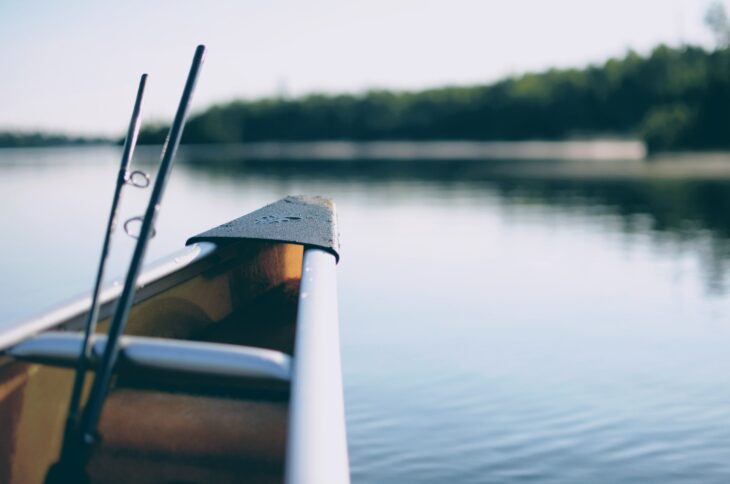Many people fish today for food and sport. But have you ever wondered how fishing began? People have fished throughout human history, but scientists have only uncovered a few ancient fishhooks, so they don’t know what tools people in the past used for fishing.
Researchers have discovered fishhooks dating back to more than 20,000 years ago, but they’ve only found a few fishhooks older than about 12,000 years, along shorelines and in excavation sites. This changed recently when archeologists made a new discovery.
Researchers from Australia and Indonesia discovered a treasure trove of fishing artifacts, totaling 239 items they dated at up to 15,000 years old. They found most of the pieces were between 11,000 and 13,000 years old. They unearthed these artifacts, including 218 fishhooks and fishhook fragments, in Makpan Cave on Alor Island, Indonesia.
Makpan is a large lava tube on the southwest coast of Alor. The researchers explained this cave was a logical place for ancient inhabitants to store fishing materials because the entrance is within walking distance from the shore and would have been close to the ocean even when sea levels were much lower, like around 25,000 years ago during the last ice age.
The team discovered these ancient fishhooks at Makpan while excavating, which involved carefully removing accumulated layers of soil and dust, called sediment, within the cave’s interior. The researchers excavated sediment that filled part of the cave entrance in 2-by-2 meter square (or 6.5-by-6.5 feet square) pits and sieved it through a 1.5 millimeter (or 0.06 inch) mesh.
After they sieved the sediments, the researchers retrieved any fishhooks or other fishing remnants, like hook fragments. They cleaned them and inspected them meticulously to ensure all the artifacts and fragments were recovered from the site. Then, the researchers examined the ancient fishhooks with a powerful microscope to identify the methods of grinding, cutting, and drilling ancient people used to make them.
The researchers discovered the ancient people used these artifacts to fish in many different ways. They identified fragments or complete pieces of jabbing hooks, rotating hooks, and sinkers. They even found 4 artifacts that could have been fishing lures. They explained that jabbing hooks and rotating hooks served different functions in fishing. While jabbing hooks require the fisher to jerk the line sharply when the fish bites them, rotating hooks require the fisher to steadily reel in the line, so they rotate and lodge deeper in the fish’s mouth.
The researchers found that ancient people made both jabbing and rotating hooks in different sizes, ranging from around 9 millimeters (or about a third of an inch) to 50 millimeters (or nearly 2 inches). They found most artifacts were made of small, round-shelled crustaceans, called limpets, and tiny marine snails, called rochia and turbo.
The researchers also used this collection of tools to reconstruct how ancient people made them. They identified evidence of flaking in partially-finished hooks, suggesting the crafter would slowly chip down a rough shape from a piece of shell. Then, they would refine the body of the hook by grinding away at its surface with rough stones or coral. They also detected small differences in the quality of the hooks, which they hypothesized were due to differences in the skills or the style of the individual producing them. This allowed the researchers to recognize that more than one artisan made the hooks.
The researchers suggested the discovery at Makpan Cave is exceptional because of the large number of artifacts uncovered. Makpan Cave also contains more than 5 times the number of fishing artifacts scientists have found from this time period. They explained research at Makpan Cave is still in its early stages, but they hope its diverse artifacts will continue to provide clues as to how ancient people made them, from start to finish.


